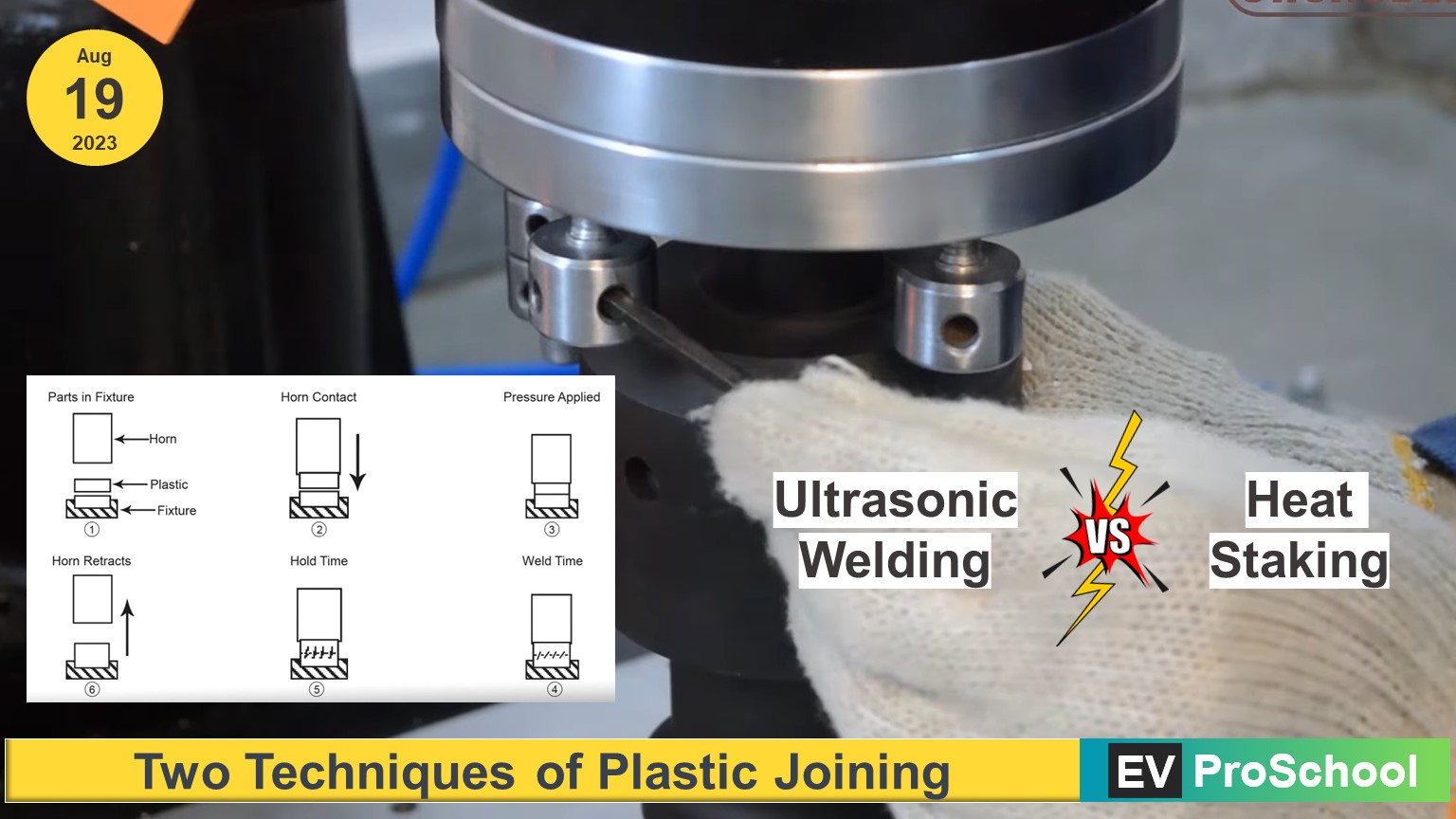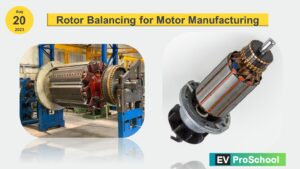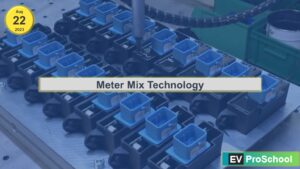In today’s world, plastic is used extensively, especially in automotive applications. But do you know which types of plastic are commonly used in automobiles and which method to use Ultrasonic welding or Heat Staking? Have you ever thought about this?
In modern vehicles, approximately 50% of the parts are made of plastic. Why is this the case? Primarily, it is to reduce the weight of the vehicle. With reduced weight, fuel efficiency improves. As well the cost of the vehicle decreases. The rising cost of raw materials has further increased the demand for plastic in the automotive industry and beyond. To address these challenges, the use of plastic is growing day by day.
We will explore these questions in detail, focusing on two modern techniques for joining plastics.
Basic Principle of Plastic Joining
You might have noticed plumbers in your home joining plastic components by heating a piece of plastic and then attaching it to another plastic part. Anyone familiar with this basic principle of joining plastics knows that the process involves softening or melting the plastic through heat application and then fixing another component to the heated plastic. This results in a strong plastic bond.
Based on the method of heat generation to melt or soften, there are two key methods for joining plastics: Heat staking and Ultrasonic welding. Let’s explore each of these methods in detail.
Heat Staking
In automobile electronics and consumer goods manufacturing, quality is of paramount importance. The aim is to ensure quality right from the design stage to part manufacturing. Process requirements are carefully considered at every step.
For example, even the raw material for a plastic component is selected based on the process it will undergo for joining. This approach reflects a strategic flow from design to manufacturing, emphasizing the importance of plastic joining.
The Heat Staking Strategy:
There are five important steps in the heat staking plastic joining method:
- Raw Material Selection: Choosing the correct raw material is crucial for ensuring the structural integrity of the joined component.
- Geometry and Part Thickness Design: This involves designing the part geometry and thickness with the joining concept in mind, including how heat will be applied effectively.
- Heating Method: The heating process typically involves using hot air or infrared to apply heat to the specific component. The success of this step depends on precise control.
- Temperature and Time Control: Accurate temperature and the duration of heat application are critical. Proper precautions must be taken to avoid excessive damage to the components from overheating.
- Application of Force: The final and most important step is applying the correct amount of force to join the plastics. Mechanical interlocking plays a vital role in ensuring a strong bond, and this is achieved using precise instruments.
Advantages of Heat Staking:
- Versatility: Heat staking embraces a wide range of materials, including plastics, composites, and select metals.
- Cost-Effectiveness: It presents an economical solution compared to alternatives like ultrasonic welding or adhesives.
- Speed: Heat staking boasts a generally faster process, making it ideal for high-volume production.
Ultrasonic Welding
In ultrasonic welding, high-frequency mechanical vibrations generate localized heat, which helps in joining plastics. Its main applications are in the automotive industry, electronics, and the packaging industry. The initial cost of setting up ultrasonic welding machines is high, making it a capital-intensive process.
Interestingly, ultrasonic welding is not limited to plastics; metals can also be joined using this method. For example, electrical wires and their joints can be efficiently connected with ultrasonic welding.
The Ultrasonic Welding Strategy:
The first step in ultrasonic welding is the same as in heat staking: ensuring raw material compatibility. A key factor to remember for ultrasonic welding is that the raw material’s melting temperature must be compatible with the ultrasonic welding process.
In the second step, heat generation occurs with the help of electrical energy. This energy creates high-frequency vibrations, which are converted into heat due to friction, allowing the interfaces to melt and join as required.
The third step is cooling and solidification. As the components melt together, they solidify upon cooling, forming a strong joint. This process is ideal for high-speed production lines as it enables quick joint formation. Ultrasonic welding is highly accurate, ensuring excellent product quality while meeting the demands of precision manufacturing.
Advantages of Ultrasonic Welding:
- Strength and Precision: Ultrasonic welding forges molecular-level bonds, resulting in robust and hermetic seals.
- Ideal for Delicate Components: It excels in joining delicate electronics and intricate designs.
Comparison of Applications
| Plastic Type | Heat Staking Applications | Ultrasonic Welding Applications | Benefits |
|---|---|---|---|
| Acrylonitrile Butadiene Styrene (ABS) | Dashboards, door panels, interior trims | – | High impact resistance, dimensional stability |
| Polycarbonate (PC) | Lighting housings, instrument panels | – | High strength, clarity, heat resistance |
| Polyamide (PA) or Nylon | Clips, fasteners, under-the-hood components | – | Toughness, chemical resistance, durability |
| Polypropylene (PP) | Bumpers, fenders, interior parts | – | Low cost, chemical resistance, lightweight |
| Acrylic (PMMA) | – | Light lenses, decorative trims | High clarity, rigidity, weather resistance |
| Polyethylene (PE) | – | Fuel tanks, seals, containers | Flexibility, chemical resistance, low density |
| Polyethylene Terephthalate (PET) | – | Under-the-hood components, electrical housings | High strength, dimensional stability, moisture resistance |
| Polyoxymethylene (POM) or Acetal | – | Gears, bearings, precision components | Stiffness, low friction, dimensional accuracy |
| Thermoplastic Elastomers (TPEs) | – | Seals, gaskets, flexible parts | Flexibility, durability, heat resistance |


